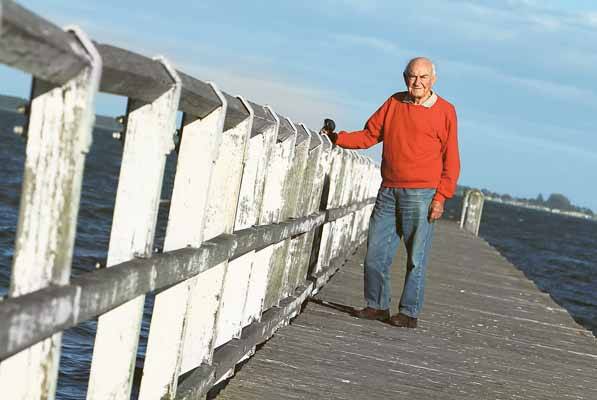
Planned urban developments pose a serious risk to Lake Illawarra's health, the man charged with the lake's care has claimed.Lake Illawarra Authority chairman Doug Prosser said future subdivisions - such as the 4800-lot Calderwood development and 1100-home mixed-use Tallawarra development - would increase pressure on the recently rehabilitated lake.He believes close monitoring of all building sites is needed to minimise potential damage.Water quality at Lake Illawarra has improved since it was permanently opened to the sea in 2007."For the past two years Lake Illawarra has been in the best condition it's been in for 23 years," Mr Prosser said."My concern is that for the next 20 or 30 years, the threat to Lake Illawarra has never been greater."Population near the lake is expected to spike as new development areas like West Dapto grow.The first West Dapto land release, a 290-lot subdivision, was approved earlier this month.Developments around the lake could eventually include 6900 homes at West Dapto, a residential and industrial development at Kembla Grange, a possible 1000 homes at Marshall Mount, 4800 at Calderwood, more than 1000 at Tullimbar, 400 at Haywards Bay and 1100 at Tallawarra."The history has shown that wherever you have people you have pollution, that's the basis of my concern and that's why I say Lake Illawarra is under a very definite threat to preserve what we've got," Mr Prosser said.At present, 190 drains, 15 streams and rivers and 20 sewerage overflow points flowed into the lake, he said.Shellharbour City Council's stormwater program prioritised Lake Illawarra, council's development and technical services group manager Max Boenisch said.Mechanisms in place included pollutant traps, "end-of-line" stormwater treatments and daily inspections of subdivision building sites, he said."Council obviously conditions in accordance with our subdivision code and also best practice, and that includes a visual inspection regime on a daily basis."
Subscribe now for unlimited access.
$0/
(min cost $0)
or signup to continue reading

